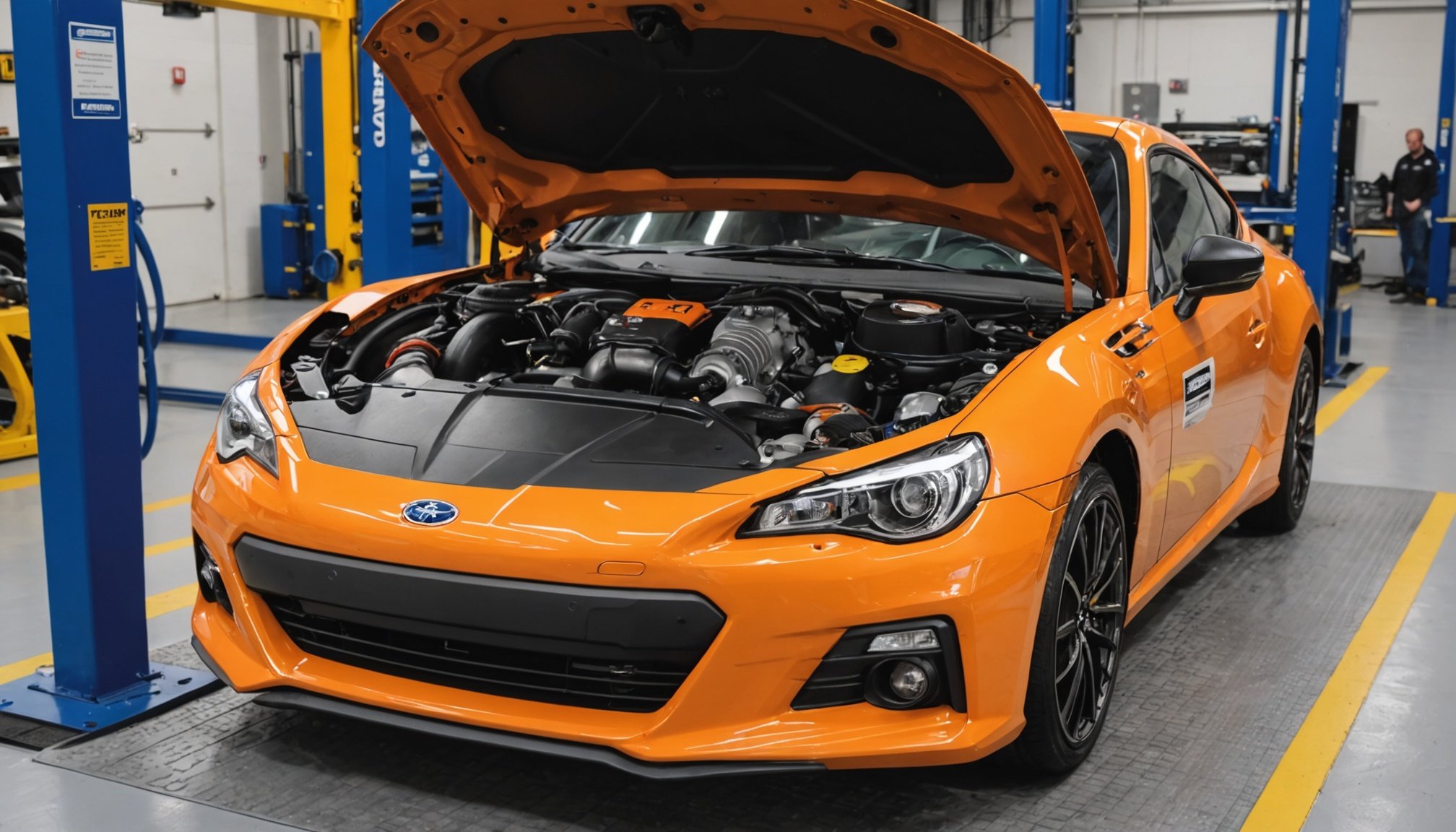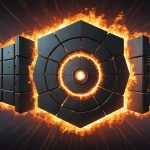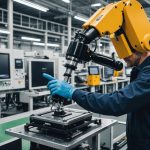Understanding Strut Tower Braces
A strut tower brace is an integral component in automotive suspension systems. It acts as a bridge connecting the tops of a vehicle’s suspension strut towers across the engine bay, providing an extra layer of support. But why is this necessary? Essentially, a strut tower brace helps distribute loads more evenly across the chassis, enhancing structural rigidity. This results in improved vehicle handling, especially during sharp turns or when cornering at high speeds.
But how exactly does enhancing structural rigidity with a strut tower brace translate to better performance? Imagine your vehicle’s body flexing under stress. Without a brace, this flex can lead to compromised suspension precision. By maintaining the correct geometry of the suspension setup, the brace allows for a more consistent tyre contact patch, offering better grip and stability.
Also to read : Ultimate Guide to Applying Heat-Resistant Window Film in Your Mercedes-Benz GLE: Tips and Tricks for a Flawless Finish
For those interested in performance vehicles, upgrading the suspension system with a strut tower brace can be crucial. Enhanced structural support not only improves handling but also prolongs the life of other suspension components by reducing stress and flex-induced wear. This is particularly important for anyone serious about fine-tuning their vehicle for optimal performance.
There you have it—the role of a strut tower brace in enhancing both the enjoyment and reliability of your driving experience.
This might interest you : Boost Your Ford Focus ST”s Performance: Does a Radiator Upgrade Enhance Cooling?
Benefits of Installing a Strut Tower Brace on the Subaru BRZ
For Subaru BRZ enthusiasts looking to enhance their vehicle’s performance, installing a strut tower brace can significantly improve handling. One of the main benefits is the marked improvement in cornering stability, which is crucial for those who enjoy spirited drives through winding roads. By tying the tops of the strut towers together, the brace reduces flex, allowing the BRZ to handle with greater precision.
Moreover, this modification contributes to a reduction in chassis flex experienced during aggressive driving. When the chassis is subjected to high lateral forces, such as during cornering, the flexibility can negatively impact handling response. By reinforcing the structure, a strut tower brace maintains the car’s alignment and enhances its ability to react swiftly and accurately to steering inputs.
For many drivers, these modifications lead to an enhanced overall driving experience. Knowing that your vehicle responds precisely to your commands boosts confidence on the road, allowing you to fully appreciate the performance capabilities of your Subaru BRZ. The strut tower brace represents a relatively simple yet effective solution for those seeking performance enhancement without extensive modifications.
Installation Process of a Strut Tower Brace
Installing a strut tower brace can enhance your vehicle’s stability and handling by reducing chassis flex. Embracing this automotive modification through a DIY installation can be both fulfilling and cost-effective.
Required Tools and Materials
Before beginning the installation, gather the necessary tools and materials to simplify the process and ensure accuracy. You will need:
- A ratchet and socket set
- Torque wrench
- Jack and jack stands
- Safety gloves
- The strut tower brace itself, matching your vehicle’s model
These tools and materials are essential to complete the installation efficiently and effectively.
Step-by-step Installation Guide
-
Preparation: Ensure your vehicle is parked on a flat surface. Raise the car using a jack and secure it with jack stands for safety.
-
Remove nuts: Using the ratchet and socket set, remove the top nuts from the strut towers.
-
Position brace: Align the strut tower brace over the strut towers. Double-check that it aligns correctly with pre-existing holes.
-
Secure brace: Reattach and tighten the nuts over the brace using the torque wrench to the manufacturer’s specifications.
Tips for Ensuring a Proper Fit
- Ensure the vehicle is level to prevent misalignment.
- Regularly check and retighten the nuts to manufacturer’s torque settings after the first few drives.
Performance Metrics and User Experiences
For car enthusiasts, the Subaru BRZ performance represents a thrilling arena of potential. Many users have reported that installing a strut tower brace leads to tangible performance improvements. The metrics primarily focus on enhanced handling, with noticeable changes in car responsiveness.
In terms of handling metrics, users typically experience less body roll and tighter cornering. Pre-installation, drivers often report a lack of stiffness, which becomes starkly improved post-installation. This translates to a more connected driving experience, where the car feels anchored and stable at high speeds.
User reviews serve as a testament to these enhancements. For example, Charlie, a BRZ owner, noted, “The difference after adding the strut tower brace is day and night. My car now handles like it’s on rails!”. Another driver, Mia, highlighted improved feedback through the steering wheel, making her feel more in control.
These urban and open-road experiences, reflected consistently across varied climates and surfaces, underline the brace’s impact on the BRZ. This allows drivers to extract more enjoyment from their rides while also ensuring increased safety through superior handling characteristics.
Comparisons with Other Suspension Modifications
When considering suspension upgrades, it’s essential to evaluate strut tower braces, sway bars, and coilovers in the realm of performance tuning. Each modification offers unique benefits and can dramatically alter your vehicle’s handling and stability.
Strut tower braces are primarily designed to enhance chassis rigidity, providing improved steering response and cornering ability. In contrast, sway bars reduce body roll during high-speed maneuvers, which is beneficial for maintaining control in sharp turns. Coilovers offer a more comprehensive solution by allowing adjustable ride height and damping, making them excellent for those seeking tailor-made performance.
Naturally, cost is a significant factor in choosing between these off-the-shelf modifications. Strut tower braces are typically more affordable, making them an excellent starting point for beginners in performance tuning. Sway bars sit in the mid-range price-wise, delivering noticeable handling improvements without too hefty an investment. On the other hand, coilovers are oftentimes the more expensive option, but the ability to fine-tune your suspension setup justifies the price for enthusiasts.
A balanced approach could involve a combination of these modifications, starting with strut tower braces for rigidity, followed by sway bars and finally coilovers for optimal performance. This multiphase approach ensures you experience progressive handling improvements while managing costs effectively.






